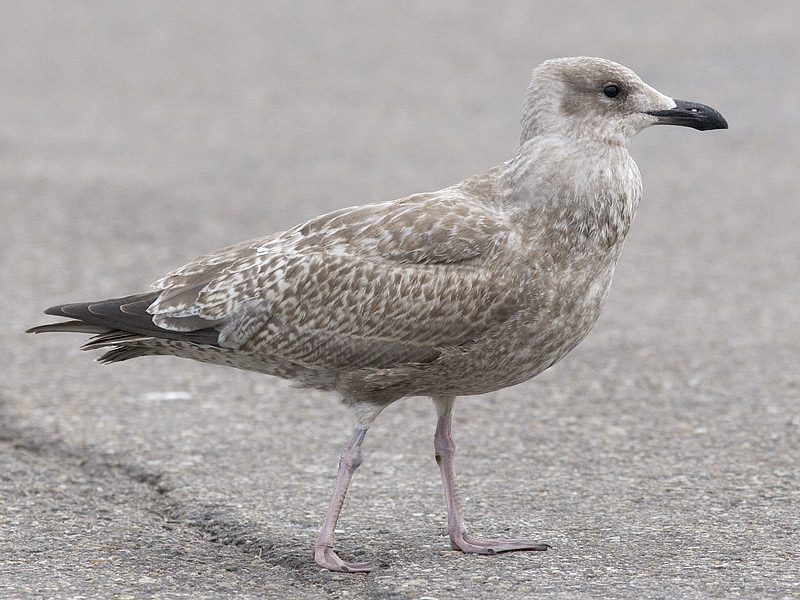 Herring Gull- Zilvermeeuw (argentatus & argenteus)
Herring Gull- Zilvermeeuw (argentatus & argenteus)
(last update:
Herring Gull plumages:
hg 1cy July
hg 1cy August
hg 1cy September
hg 1cy October
hg 1cy November
hg 1cy December
hg 2cy January
hg 2cy February
hg 2cy March
hg 2cy April
hg 2cy May
hg 2cy June
hg 2cy July
hg 2cy August
hg 2cy September
hg 2cy October
hg 2cy November
hg 2cy December
hg 3cy January
hg 3cy February
hg 3cy March
hg 3cy April
hg 3cy May
hg 3cy June
hg 3cy July
hg 3cy August
hg 3cy September
hg 3cy October
hg 3cy November
hg 3cy December
hg sub-ad January
hg sub-ad February
hg sub-ad March
hg sub-ad April
hg sub-ad May
hg sub-ad June
hg sub-ad July
hg sub-ad August
hg sub-ad September
hg sub-ad October
hg sub-ad November
hg sub-ad December
hg ad January
hg ad February
hg ad March
hg ad April
hg ad May
hg ad June
hg ad July
hg ad August
hg ad September
hg ad October
hg ad November
hg ad December
Herring Gull 1cy (argenteus), September 01 2006 , IJmuiden, the Netherlands.An individual with most scapulars still juvenile, as is the wing. However, the pattern on especially central greater coverts is more 2nd gen like, with much vermiculation. The partial autumn moult in argenteus (moult from juvenile plumage into so-called "first winter" plumage) includes the body and head feathers. This moult starts as soon as the nest is abandoned (late June) and continues until January. In general, the head turns paler on throat and forehead. The breast will turn paler as well. The feathers on belly and vent will still be juvenile in most 1cy argenteus by November. From July onwards, the mantle and upper scapulars are moulted to second generation feathers, showing an anchor pattern and a dark base. The lowest row of scapulars are still juvenile by March in most 2cy birds (contra e.g. michahellis). The notched pattern of the juvenile scapulars is repeated on the juvenile lesser, lower lesser and median coverts, although the medians have paler centres. The juvenile greater coverts show a 'piano-key' pattern; on the outer greater coverts as well. The tertials have an obvious notched pale fringe and transversal bar.
|
